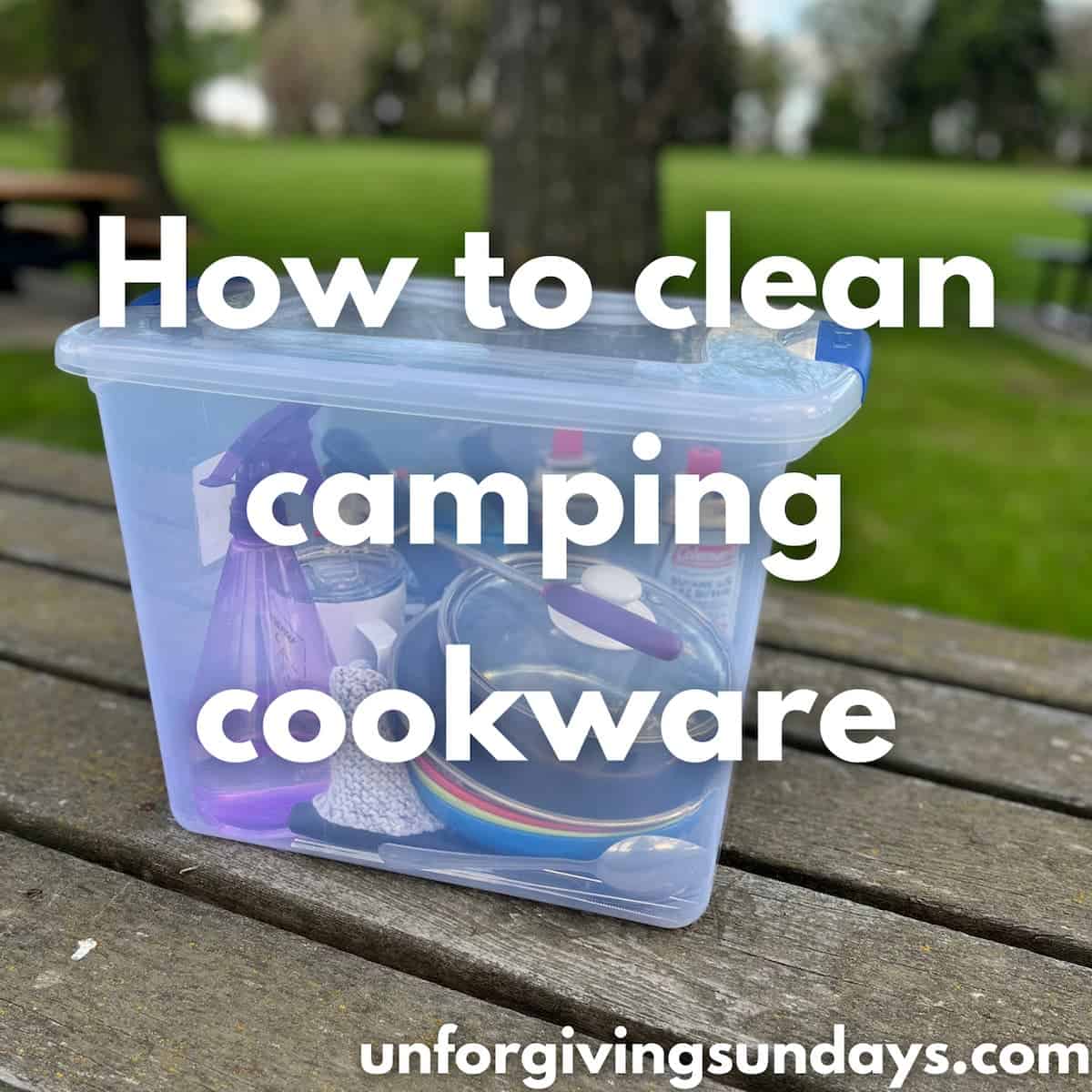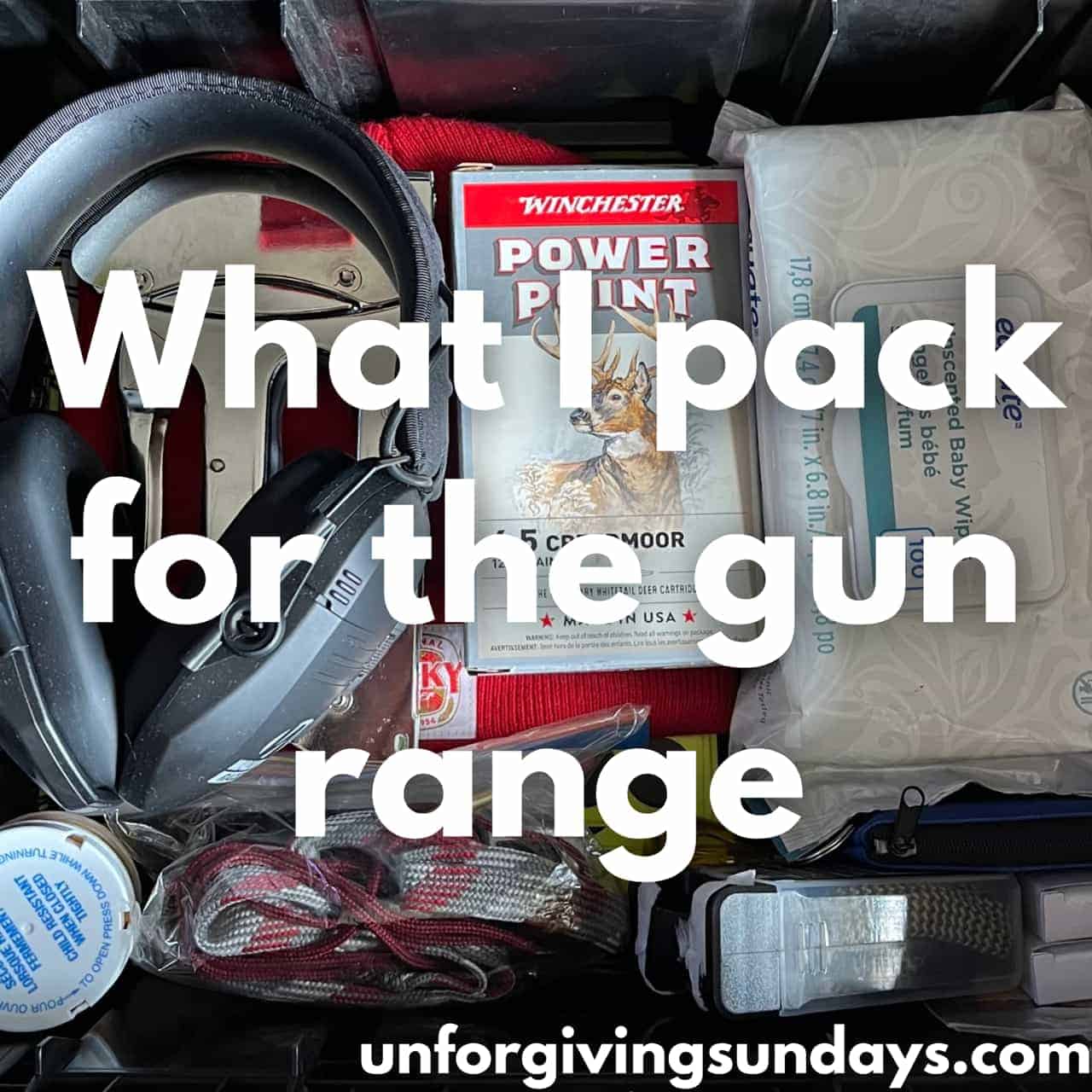Whether it’s the snowy mountains or the scorching sun, managing your body temperature is crucial for staying safe and enjoying the journey. Without proper preparation, even experienced hikers can find themselves at risk of life-threatening conditions when exposed to harsh weather. If you know how to recognize and prevent both hypothermia and hyperthermia, you can be comfortable hiking no matter the conditions.

What is thermoregulation?
Thermoregulation refers to your body’s ability to maintain its core temperature. Through mechanisms like sweating or shivering, the body tries to keep to its normal temperature of approximately 37C (98.6F).
Your body maintains its temperature through:
- Radiation. Your body gains and loses heat through infrared energy. In the snow, your body heat would radiate into the environment. In the sun, the sun radiates on to you.
- Conduction. Conduction is direct transfer of heat between two objects. For example, losing heat when sitting on the cold ground or gaining heat from a warm cup of coffee.
- Convection. You can lose or gain heat from the movement of air around the body. Think of a cold wind or a warm breeze.
- Evaporation. When moisture evaporates from the skin, it takes heat with it. This is the main way that the body cools itself in hot temperatures (i.e., sweating).
Lots of things can impact your body’s ability to maintain its ideal temperature. This includes variables like environmental conditions, physical exertion, and clothing choices, especially when hiking in unpredictable terrain or weather.
Hypothermia when hiking
Hypothermia is when your body becomes too cold. This happens when your internal body temperature dips below 35C (95F).

Risks for hypothermia
Poor weather: Things like cold temperatures, wet conditions, and wind chill can all increase your risk for hypothermia. Sudden, unexpected changes in the weather can leave unprepared hikers vulnerable.
Clothing problems: Wet clothes (either from the weather or from sweat) can rapidly lower body temperature. Not wearing enough layers results in more heat loss.
Hunger, dehydration, fatigue: Without adequate food and water intake, your body’s ability to thermoregulate becomes impaired. The same goes for exhaustion.
Prolonged cold exposure: Your risk for hypothermia increases as you spend more time in the cold, especially when you go for long periods without giving your body a chance to warm up.
Higher altitudes: As altitude increases, temperature and oxygen levels decrease, which can both have negative impacts on body temperature.
Children and seniors: Older people and young kids are going to have a harder time maintaining their body temperatures in the cold.
How to prevent hypothermia while hiking
- Plan for the weather. Check the weather in advance and pack accordingly. Keep in mind that weather conditions can change rapidly and it is better to be over-prepared.
- Wear layers. A base layer should wick away sweat; a mid layer should add additional insulation; an outer layer should shield you from wind and rain.
- Stay dry. Wet clothes accelerate heat loss — water conducts heat away from the body 25x faster than air.
- Keep eating, keep moving. Eating and drinking keeps you fuelled so your body can maintain its temperature. Moving your body generates heat from the inside.
- Carry emergency gear. Keep an emergency blanket and a lighter in your hiking backpack — just in case.

Signs of hypothermia
There are three stages of hypothermia: mild, moderate, and severe.
Mild hypothermia
- Shivering
- Teeth chattering
- Confusion
- Clumsiness
- Pale skin
- Fast heart rate
- Fast breathing
Moderate hypothermia
- Decreased shivering
- Hallucinations
- Bluish skin
- Slow heart rate
- Slow breathing
- Weakened reflexes
- Muscle stiffness
Severe hypothermia
- No longer shivering
- No longer conscious
- Cardiac arrest
- Total absence of reflexes
- Extreme muscle stiffness
Hypothermia on the trail
If you recognize the signs of hypothermia while you’re hiking, start acting right away. Try to move to a warm and dry location, even a windbreak. Remove wet clothing if you can and wrap yourself in something insulating (like an emergency blanket). Hot drinks or hand warmers can help, and so can the shared body heat from a hiking partner.
A note about frostbite…
If your skin freezes–or more specifically, the tissue under your skin–you will get frostbite. This becomes a concern at temperatures below freezing, so anything under 0C (32F). Windy and wet conditions can exacerbate the situation. Make sure to cover up and to think about options like hand warmers, especially if you plan to be outside for a while.
Hyperthermia when hiking
Hyperthermia is when your body becomes too hot. This happens when your internal body temperature raises above 38C (100.4F).

Risks for hyperthermia
High temperature and humidity: The higher the temperatures, the more you need to sweat to thermoregulate. The increased humidity decreases the rate of water evaporation, and so sweating becomes less effective at cooling the body.
Clothing problems: Some clothes will trap heat against the body and prevent moisture from evaporating so the body can’t cool itself as well.
Dehydration: Dehydration means that the body won’t be able to cool itself as effectively, as there is less for the body to sweat away.
Prolonged sun exposure: Not only does the sun warm your body up, but you can also get a sunburn, which is a quick way to ruin an adventure.
Strenuous activity: Moving your body escalates its heat production. Even seasoned hikers increase their chances of hyperthermia by overexerting themselves and pushing through a hard hike without taking breaks.
Higher altitudes: Even though temperatures decrease as altitude increases, the lower humidity levels means it is easier to become dehydrated.
Children and seniors: Older people and young kids are also going to have a harder time maintaining their body temperatures in the heat.
How to prevent hyperthermia while hiking
- Choose the right time of day. Try hiking in the morning or late afternoon when temperatures aren’t as high.
- Wear lightweight clothing. Dark coloured clothing is going to absorb more heat so choose light-coloured, loose-fitting clothing. A hat will shade your head from the sun.
- Stay hydrated. Drinking water is key for thermoregulation — make sure you are replenishing your fluids. Consider supplementing electrolytes.
- Take breaks in the shade. This allows your body to cool down and recover from the heat. Try to avoid overworking yourself and slow down if you need.

Signs of hyperthermia
There are three types of heat illness: heat cramps, heat exhaustion, and heat stroke.
Heat cramps
- Muscle cramps
- Muscle spasms
- Heavy sweating
- Tired
- Thirsty
Heat exhaustion
- Body temperature below 40C (104F)
- Headaches
- Dizziness
- Nausea and vomiting
Heat stroke
- Body temperature above 40C (104F)
- Same symptoms as heat exhaustion
- Confusion
- Slurred speech
Hyperthermia on the trail
If you start to recognize signs of hyperthermia while you’re hiking, move into the shade and restrict your physical activity to the minimum. Keep drinking water and remove any excess clothing. It can help to douse yourself in water or wrap yourself in something wet.
A note about sunburns…
Sunburns can happen within minutes but you might not see redness for a couple of hours. In fact, sometimes a sunburn won’t reach peak redness until 24 hours later. Sunburns are painful and can make you more susceptible to dehydration. Don’t forget to reapply your sunscreen regularly.
Interestingly, the reason a sunburn feels hot to the touch is because of increased blood flow to the area. This leads to heat escaping from the skin, which actually lowers your internal body temperature, and is why some people with sunburns may feel cold.
A bit of planning in advance means that you can be ready for whatever the weather has to throw at you. Be prepared to recognize signs of hypothermia and hyperthermia to ensure that you are safe on your next hiking trip. Tips for heating up or cooling down? Please share them with me in the comments!




Leave a Reply